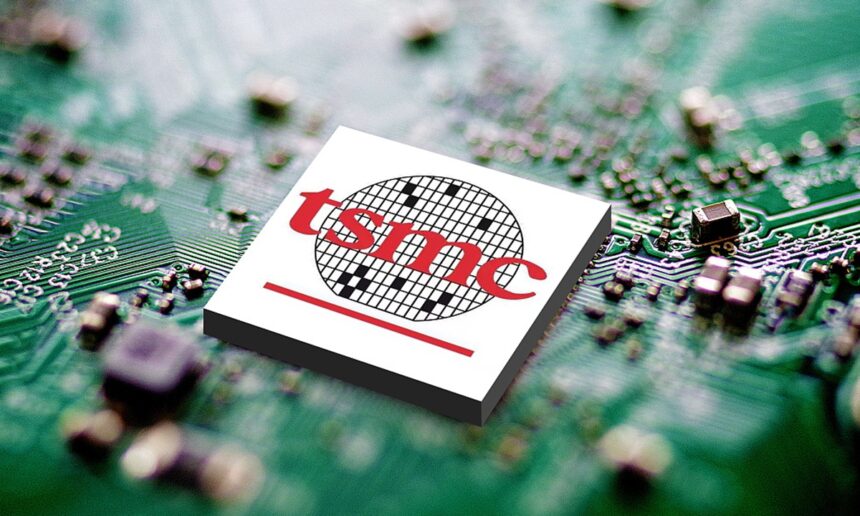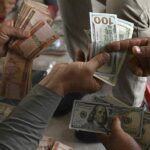The substantial losses incurred by Taiwan Semiconductor Manufacturing Co’s (TSMC) factory in the US state of Arizona illustrate both the consequences of ignoring market logic and the deep-seated difficulties the US faces in its attempt to forcibly restructure global semiconductor supply chains through political intervention.
TSMC’s Arizona facility incurred a staggering loss of nearly NT$14.3 billion ($441 million) in 2024, the largest loss since the establishment of the US factory, Taiwan-based media outlet Economic Daily News reported on Monday, citing TSMC’s latest Annual General Meeting Report to shareholders. By contrast, TSMC’s factory in Nanjing, East China’s Jiangsu Province earned nearly NT$26 billion last year.
This financial disparity goes beyond a simple comparison of operational efficiency; it underscores the challenges of replicating TSMC’s traditional profitability model in the US, a market plagued by high costs and a fragmented supply chain.
TSMC’s Arizona struggles were predictable. It is no secret that the decision to build chip manufacturing plants in the US was never driven by commercial viability but by geopolitical pressure under the CHIPS Act.
There are multiple causes for TSMC’s losses in Arizona. While the site has been in volume production since late 2024, the trajectory of financial deficits indicates that its problems are not temporary.
A key factor is the disruption of the supply, industry and market chains. The semiconductor industry is a highly complex and intricate system where upstream and downstream companies are closely interdependent.
While the US excels in chip design, it lags significantly behind Asia, especially East Asia, in terms of the complete supply chain needed for manufacturing. TSMC’s Arizona factory relies heavily on importing key components and raw materials, which not only drives up logistics costs but also extends the supply cycle. Any hiccup in the supply chain can lead to production standstills.
Moreover, high labor costs in the US further inflate per-unit labor expenses, severely undermining the company’s cost competitiveness.
Morris Chang, the founder of TSMC, warned in March 2023 that chip costs in Arizona were estimated at 50 percent above its flagship production line in Taiwan, but the real level could be closer to double, according to the AP.
As TSMC’s Arizona facility enters its first full year of mass production, all eyes are on whether it can curb these losses. However, the challenges are monumental, especially after losses have been mounting annually over the past four years. It will take considerable time and effort to build and perfect the supply and industry chains, a process that is not easily accomplished in the short term. This is precisely why the factory has repeatedly delayed its production schedule.
The complexity of the semiconductor industry and supply chain is not something that can be resolved simply by building a factory. It is akin to a sophisticated network that encompasses every link from the supply of raw materials and key equipment like advanced chip manufacturing machines to downstream suppliers. TSMC’s Nanjing facility benefits from China’s efficient and stable industrial ecosystem, while the Arizona factory has to start from scratch.
Fundamentally, the US government’s push for semiconductor industry restructuring is a misguided attempt to force a reversal of globalization trends. By pressuring or offering substantial subsidies to lure semiconductor companies to American shores, the US seeks to reclaim dominance in the sector.
Yet, this heavy-handed approach disrupts companies’ strategic global layouts, forcing them to expend significant resources and capital to adapt to the new situation and introducing considerable uncertainty into the global semiconductor industry.
In this US-driven semiconductor upheaval, timing is crucial. As TSMC struggles to build its supply and industry chains in the US, Chinese companies are making rapid progress. The escalating US restrictions on semiconductor technology exports have prompted China to accelerate its independent research and development efforts. A flood of funds and talent has poured into the semiconductor industry, and domestic companies have made breakthroughs in technological innovation and production development.
In this context of ongoing technological advancements and the steady enhancement of the industrial ecosystem, the competitiveness of China’s semiconductor industry is increasing, thereby narrowing the window of opportunity for TSMC’s US operations.













